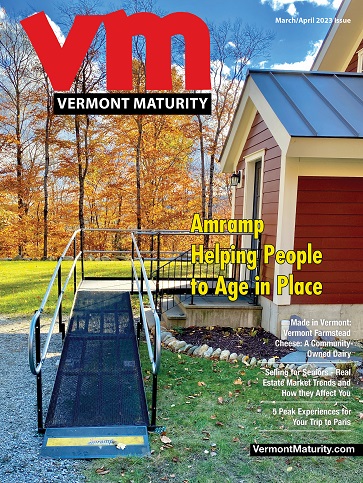
Keep your favorite herbs within easy reach for cooking and seasoning by growing them in containers. A few pots set by your door and grill or on the patio, deck, or balcony make it easy to include some homegrown flavor.
Start by growing those herbs you like to use for seasoning food and beverages, making pesto, or preserving. Include some with fragrance for a bit of aromatherapy or for your craft projects. This article discusses several Italian herbs that are easy to grow and offer great taste.
Make sure the plants you select will thrive in the amount of available sunlight in the growing space. Most herbs prefer full sun but some like mint, thyme, chives, parsley, and lemon balm will tolerate some shade. A bit of afternoon shade is welcome to many sun-loving plants growing in hotter regions. Check the plant tag or seed packet for detailed planting information.
You can grow individual plants in their own container. Place these among other pots to create an attractive display. Or mix several different herbs in one larger container to create an herb garden in a single pot. Make sure all the herbs will thrive in the same soil moisture and sunlight.
In general, place three or four plants in a 10-12” pot, four to six in a 14-16” container, and six to eight in a 16 to 20” planter. Adjust this number based on the size of the transplants purchased and the mature size and growth habit of the herb selected.
Use a container with drainage holes to provide proper drainage and reduce the risk of root rot. Terra cotta pots dry quickly and are a good choice for those gardening in wetter regions or who tend to overwater. Plastic, fiberglass, and glazed pots don’t dry out as quickly. Self-watering pots have water reservoirs to extend the time between watering.
Use a quality potting mix that provides adequate drainage, as most herbs require well-drained soil. Whether planting seeds or plants, you will want to leave space between the top of the potting mix and the container. This allows you to water thoroughly without washing the soil out of the pot. Leave a space about half an inch in small planters and an inch or more between the top of the pot and potting mix in larger containers.
Water new plantings and seedlings often enough to keep the soil slightly moist. Gradually reduce frequency and water thoroughly when the top inch of soil is crumbly and dry. Check containers once a day and more often in extremely hot weather. Water thoroughly as needed.
Harvest a few leaves and stems as needed throughout the growing season. Regular harvesting encourages more growth for future harvests. Herbs have the most intense flavor when harvested just before flowering. You can remove even more when large amounts of herbs are needed for preserving and craft projects. Cut annual herbs back by 50 to 75% and perennial herbs by one-third at one time. The plants will recover for future harvests. Or if you grow more herbs than you need read this article and learn how to preserve herbs and read this article to learn how to dry herbs for future use.
Make room for some herb-filled containers to enjoy this summer. They make great additions to outdoor gatherings for you and your guests to enjoy their beauty, fragrance, and flavor.
Melinda Myers has written more than 20 gardening books, including Small Space Gardening. She hosts the “How to Grow Anything” DVD series and the Melinda’s Garden Moment TV & radio segments. Her website is MelindaMyers.com.
Related Articles & Free Vermont Maturity Magazine Subscription

How to Grow a Beautiful Indoor Succulent Garden
How to Use Rain Barrels to Capture Rainwater
Landscape Lighting Allows You to Enjoy Your Garden After Dark






Comment here